Select an Orthopaedic Specialty and Learn More
Use our specialty filter and search function to find information about specific orthopaedic conditions, treatments, anatomy, and more, quickly and easily.
GET THE HURT! APP FOR FREE INJURY ADVICE IN MINUTES
Shoreline Orthopaedics and the HURT! app have partnered to give you virtual access to a network of orthopaedic specialists, ready to offer guidance for injuries and ongoing bone or joint problems, 24/7/365.
Browse Specialties
-
- Minimally Invasive Surgery (Arthroscopy)
Arthroscopy (Minimally Invasive Surgery)
Arthroscopy is a minimally invasive surgical procedure used by orthopaedic surgeons to visualize, diagnose, and treat problems inside the joint. Because it requires only tiny incisions, arthroscopy can be performed without a major, invasive operation and many procedures can be done on an outpatient basis.
More Info -
- Neck and Back (Spine)
- Physical Medicine & Rehabilitation (PM&R)
Cervical Radiculopathy (Pinched Nerve)
When there is inflammation, compression (pressure), or irritation of a nerve root exiting the spine, the nerve may be unable to conduct sensory impulses to the brain appropriately, leading to varying degrees of discomfort and pain. The majority of patients with cervical radiculopathy, or a pinched nerve, get better over time, with no need for surgery or any type of treatment at all.
More Info -
- Diagnostics & Durable Medical Equipment (DME)
Digital X-Ray, On Site
Computed radiography, or digital X-ray, is an advanced technology that streamlines the X-ray process and enables Shoreline Orthopaedics to provide each patient with superior, prompt treatment based on the most accurate, efficient diagnosis.
More Info -
- Foot & Ankle
- Podiatry
Equinus
When the ankle joint lacks flexibility and upward, toes-to-shin movement of the foot (dorsiflexion) is limited, the condition is called equinus. Equinus is a result of tightness in the Achilles tendon or calf muscles (the soleus muscle and/or gastrocnemius muscle) and it may be either congenital or acquired. This condition is found equally in men and women, and it can occur in one foot, or both.
More Info -
- Hand & Wrist
- Joint Disorders
Ganglion Cyst
A ganglion cyst is a fluid-filled mass or lump. Although they can develop in various locations, the most common location is on the back of the wrist. Ganglion cysts are not cancerous. In most cases, ganglion cysts are harmless and do not require treatment. If, however, the cyst becomes painful, interferes with function, or has an unacceptable appearance, several treatment options are available.
More Info -
- Foot & Ankle
- Joint Disorders
- Podiatry
Hallux Rigidus (Stiff Big Toe)
Hallux rigidus usually develops in adults 30-60 and occurs most commonly at the base of the big toe, or MTP joint. When articular cartilage in the MTP joint is damaged by wear-and-tear or injury, the raw bone ends can rub together and a spur, or overgrowth, may develop on the top of the bone. Because the MTP joint must bend with each step, hallux rigidus can make walking painful and difficult.
More Info -
- Neck and Back (Spine)
Preventing Back Pain
Back pain can vary according to the individual and underlying cause. The pain may dull, achy, sharp, stabbing, or it may feel like a cramp, or “charley horse.” The intensity of pain may worsen with certain activities, such as bending, lifting, standing, walking or sitting.
More Info -
- Joint Disorders
- Physical Medicine & Rehabilitation (PM&R)
- Shoulder
- Sports Medicine
Shoulder Impingement
Rotator cuff pain commonly causes tenderness in the front and side of the shoulder. There may be pain and stiffness when lifting the arm, or when lowering the arm from an elevated position.
More Info -
- Fractures, Sprains & Strains
- Podiatry
- Sports Medicine
Stress Fracture
Stress fractures are common sports injuries that occur due to overuse. As muscles become increasingly fatigued and less able to absorb the added shock of a sports activity, the overload of stress is eventually transferred to the bone, resulting in a tiny crack called a stress fracture.
More Info








